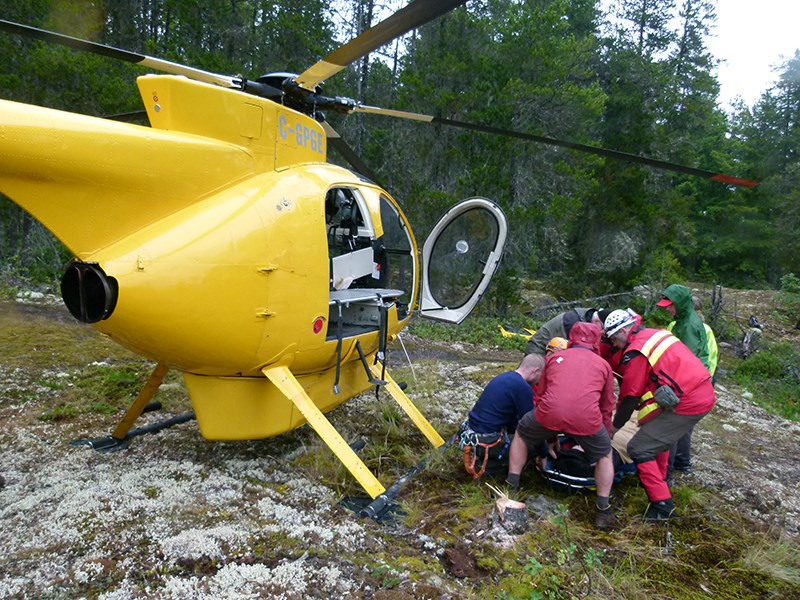Summer tourism season will be notable for the upward trend in situations requiring Powell River Search and Rescue (PRSR).
In past years, the search and rescue team responded to approximately 10 incidents per year, according to the volunteer organization’s president Russell Storry.
So far in 2018 there have been 30 incidents.
“There has been an increase; the trend is up,” said Storry.
Most of the increase in responses are as a result of visitors from other countries and other parts of Canada, he added.
With word spreading globally about Powell River being the next big thing in outdoor tourism, adventurers, climbers, alpinists, mountain bikers, paddlers and hikers are being drawn to the region. Many have no familiarity and no plan for going into the vast area of land surrounding the city.
Most search and rescues do not make the headlines. It is the high profile and potentially serious responses that garner the attention.
Storry said a team was recently called out to the Elk Lake and Spring Lake area on the Sunshine Coast Trail, where a Swedish hiker had gone missing.
“It was a party of four; one hiker went ahead and the rest followed up about five minutes later,” said Storry. “They became separated and after quite a few hours of searching they came across some workers in the bush who had a satellite phone, and it just went from there.”
As with any emergency response, some incidents prove to be a false alarms.
According to Emergency Management BC’s Weekly Incident Situation Report on June 1, three search and rescue members responded to an RCMP request to assist with an injured 49-year-old hiker in the Haywire Bay area. PRSR stood down when RCMP advised the request for assistance was a prank.
Among the 10 essentials for backcountry emergency preparedness, Storry said having a trip plan is a definite must.
“Have somebody who you're in contact with and a means of communicating with them,” he said. “Make sure you have a device that can tell you where you are so when you contact somebody you can give the location. Some devices have that built-in, like a Spot Satellite GPS Messenger or Garmin’s inReach. We use those devices.”
Storry said satellite phones are not always reliable because of the surrounding mountains. A determining safeguard before going into the backcountry is letting somebody know you’re going and, most importantly, when you expect to be back, he added.
That was the case in the search and rescue of a lone hiker on Goat Island, who became stranded on a ledge in May, according to Storry. The individual had left a note; when it was discovered, he was 16 hours overdue.
Emergency calls do not go directly to PRSR. Storry said there is a protocol that goes through RCMP for search and BC Ambulance Service for rescues.
If a search and rescue team is needed, the call goes to the Joint Rescue Coordination Centre in Victoria.



